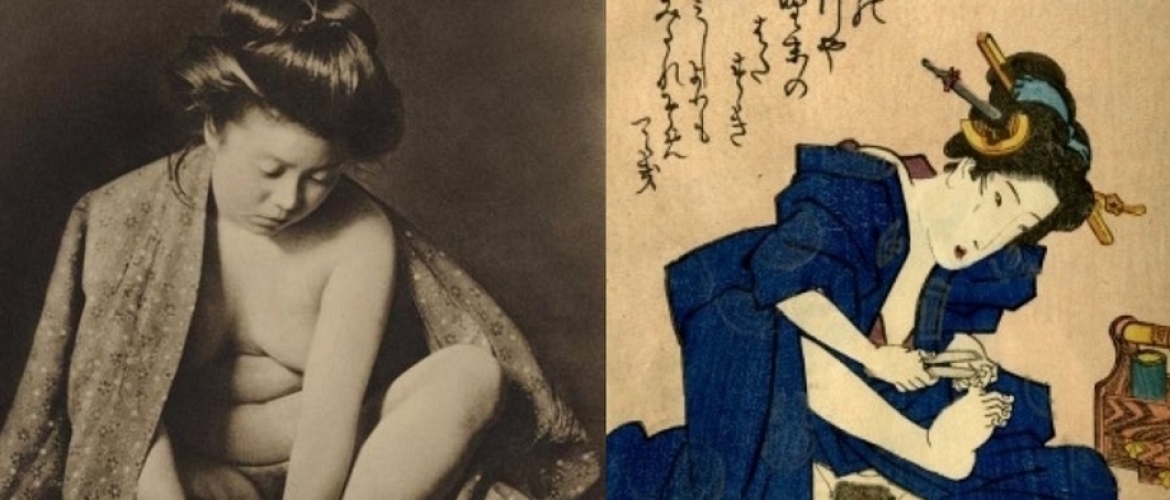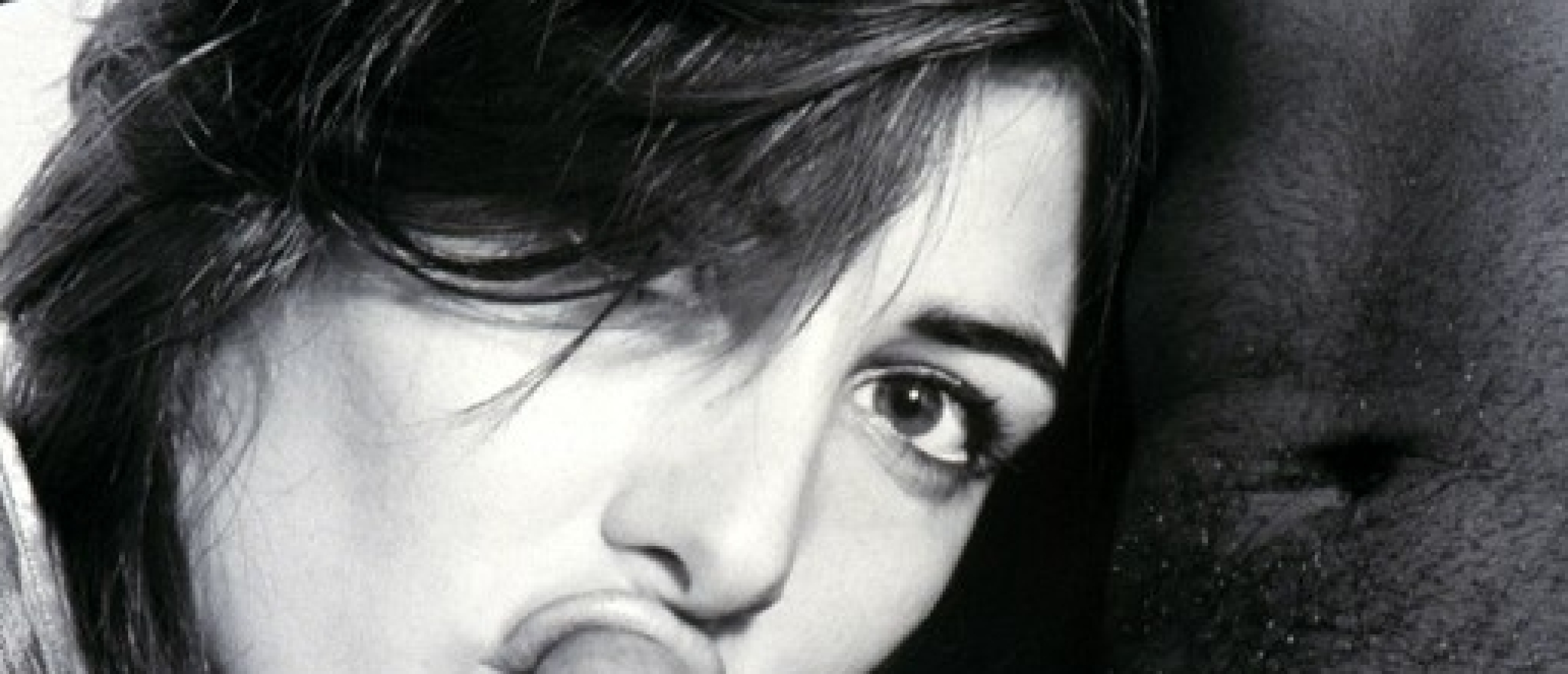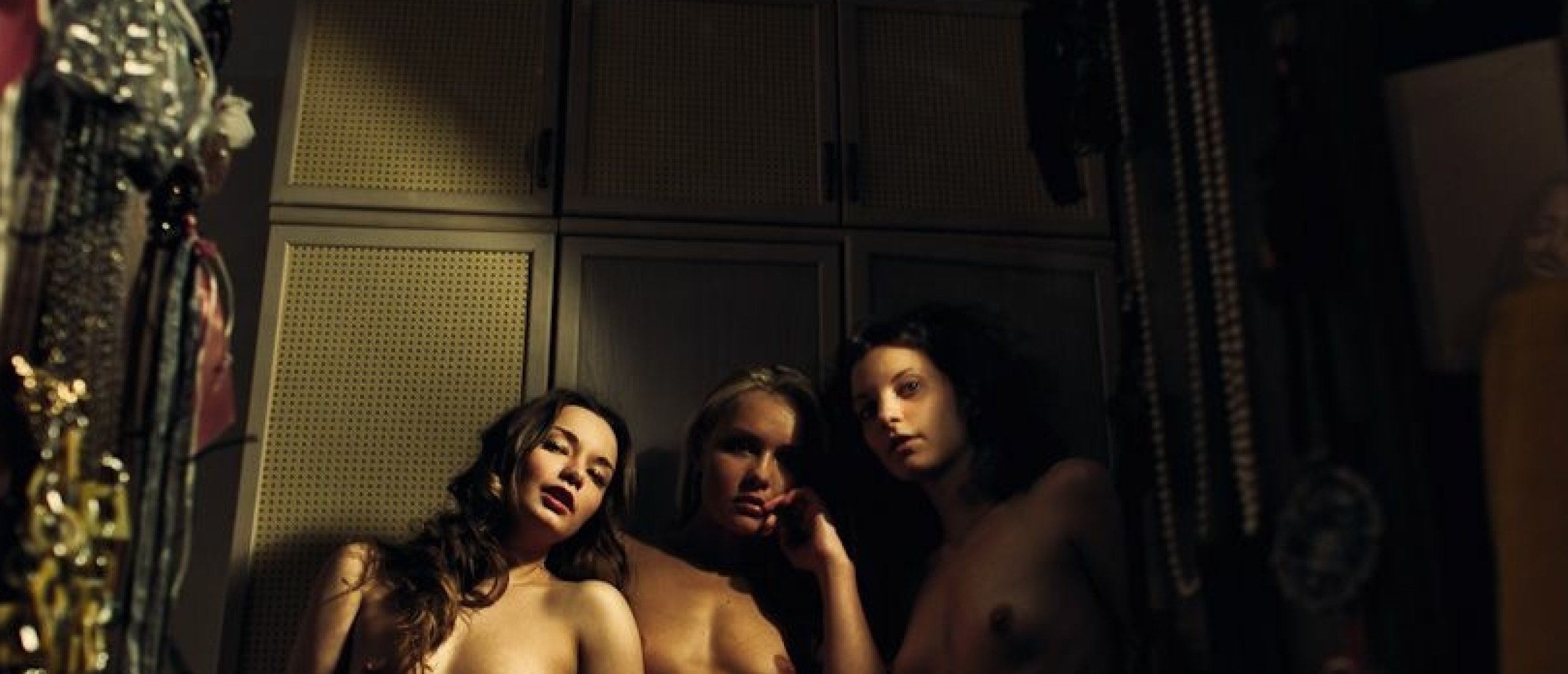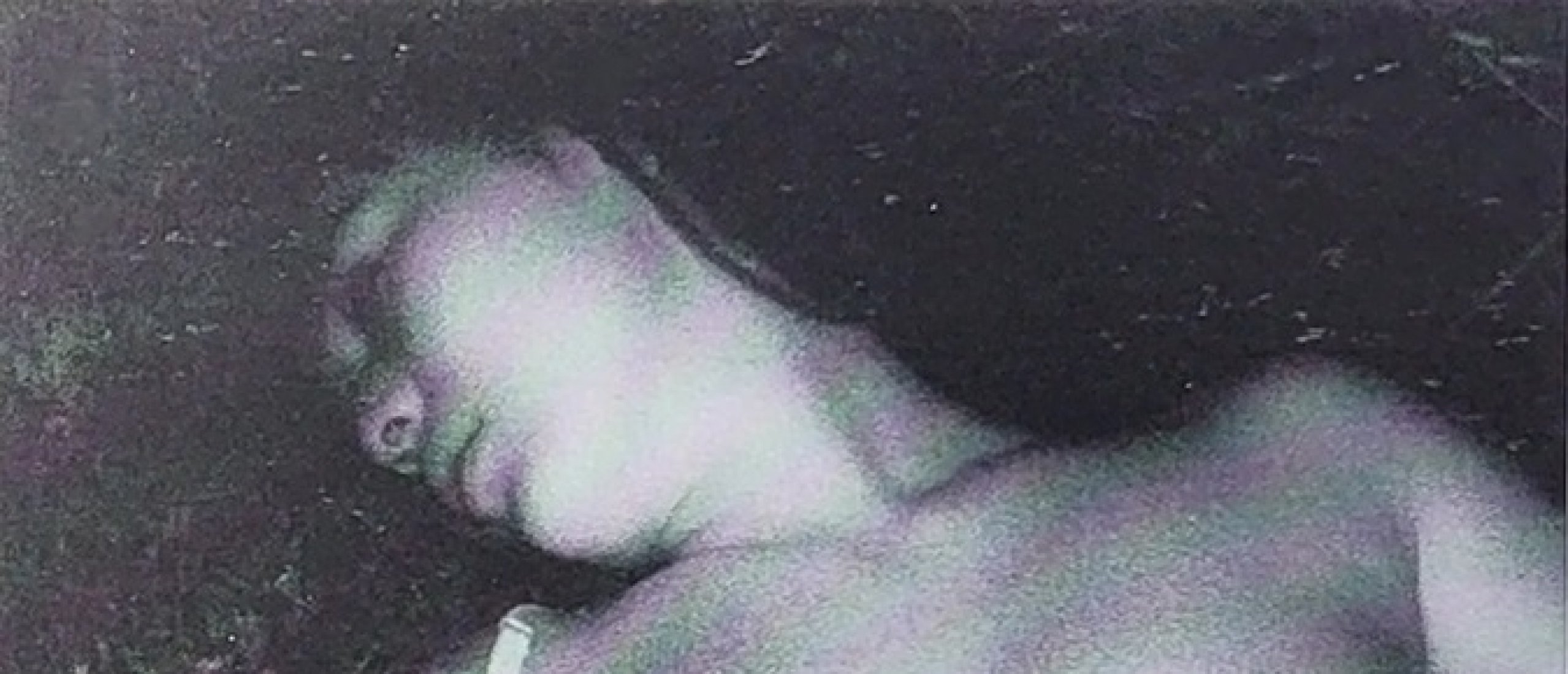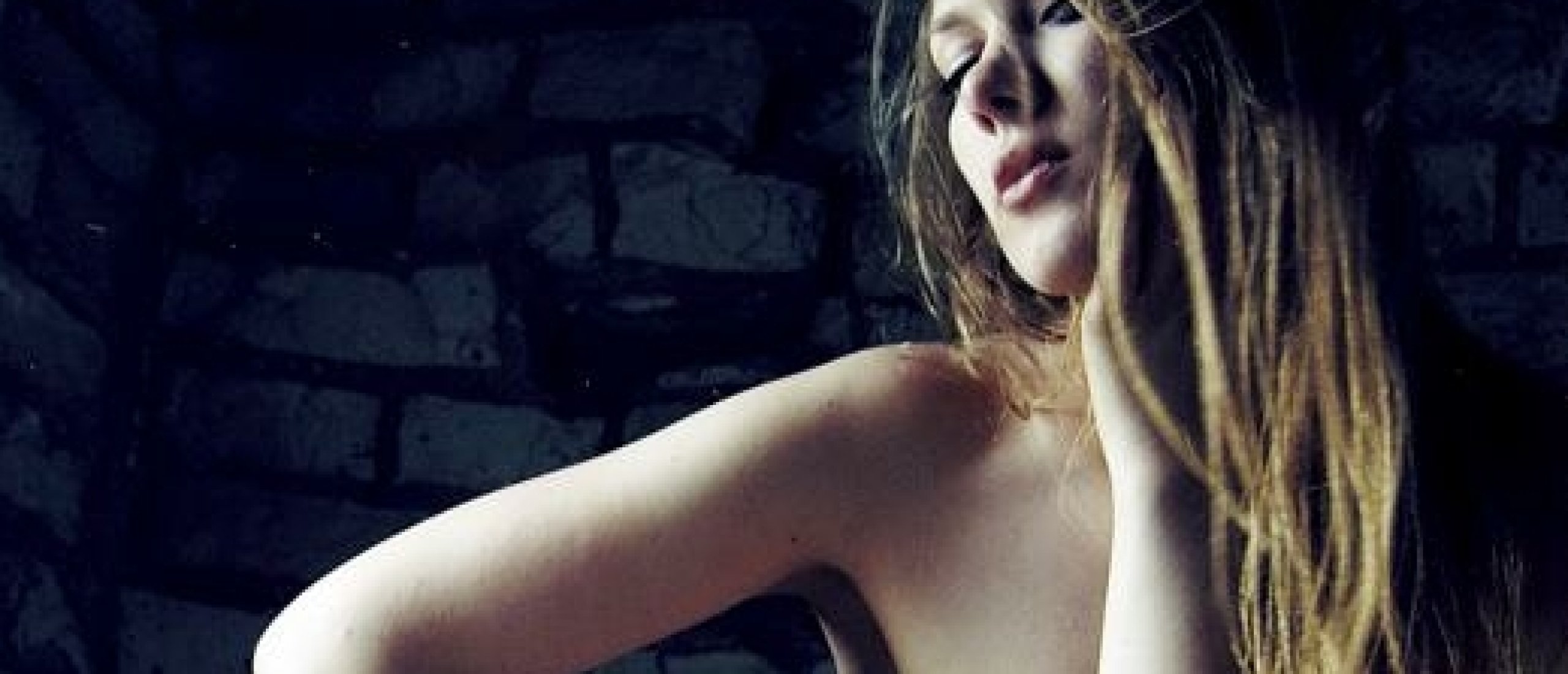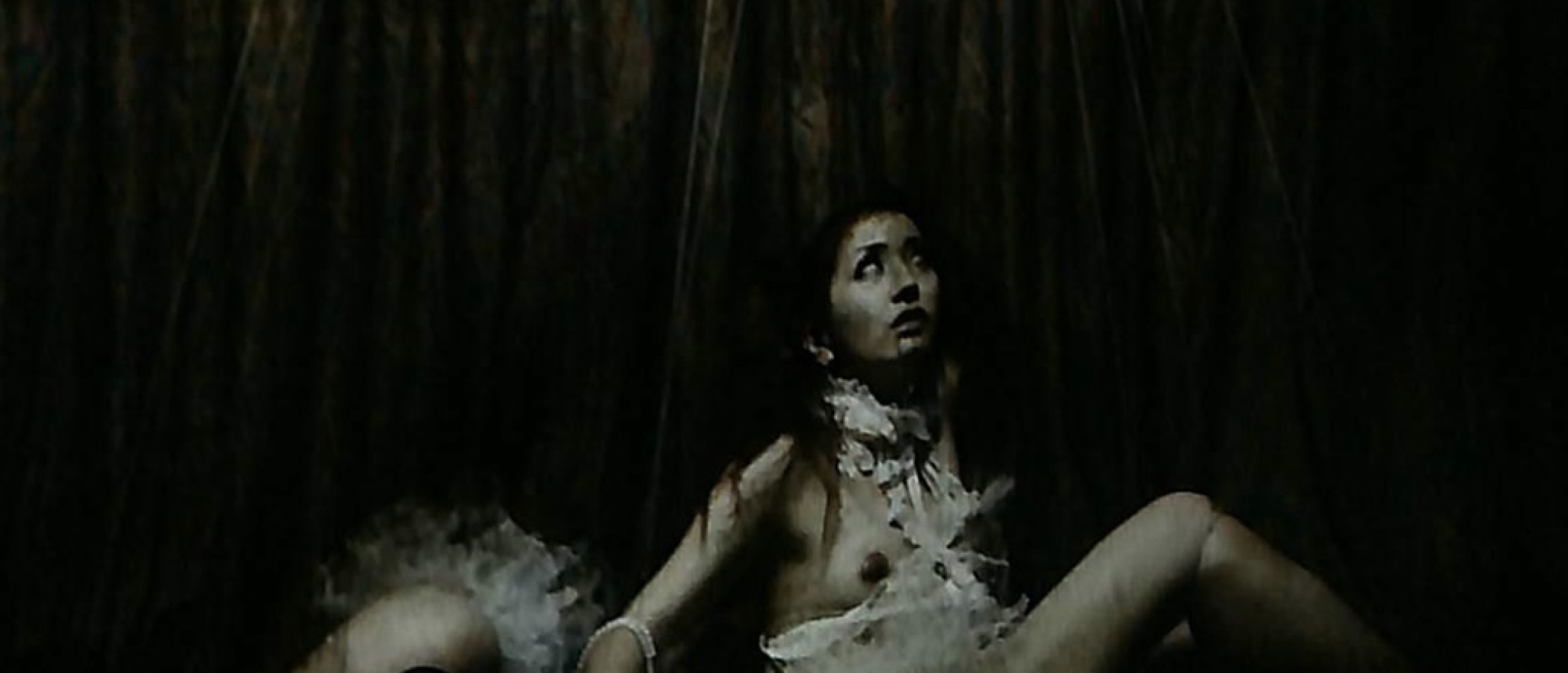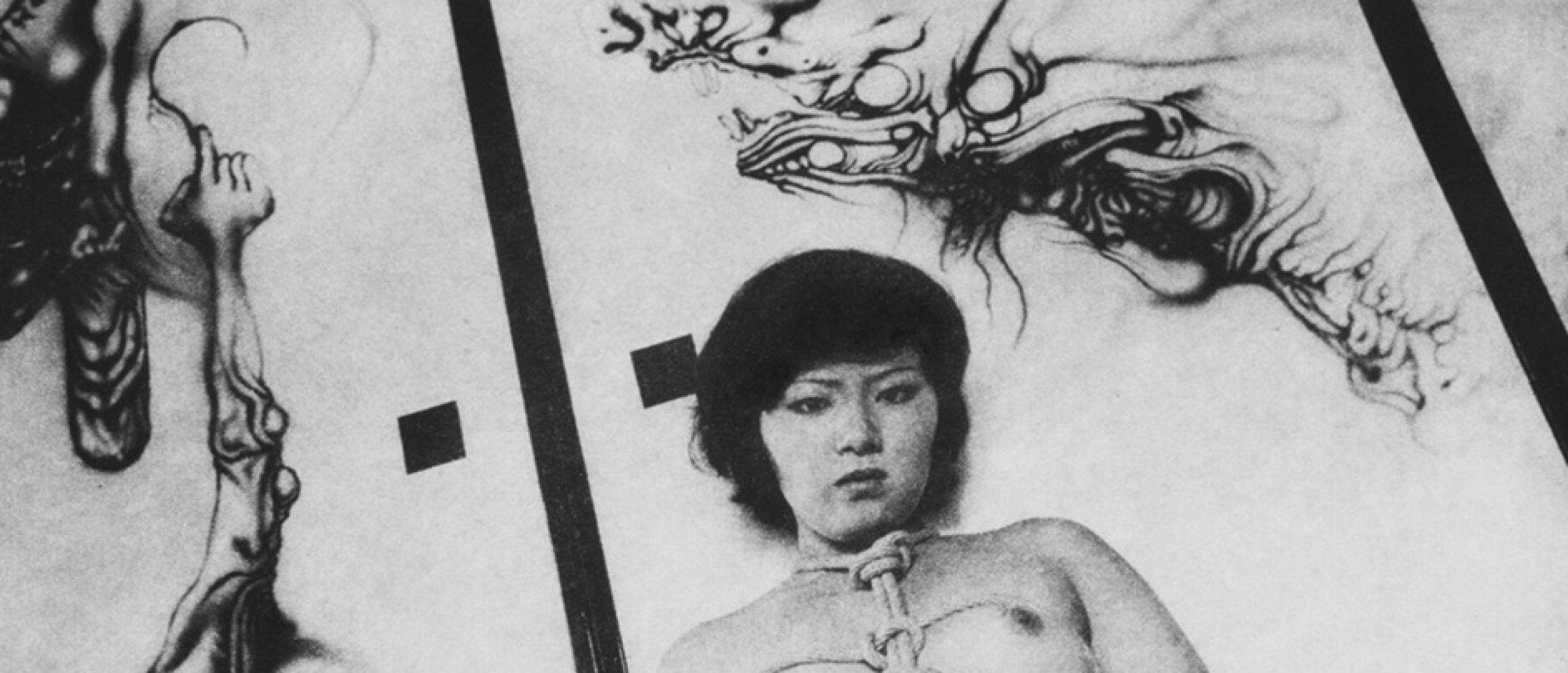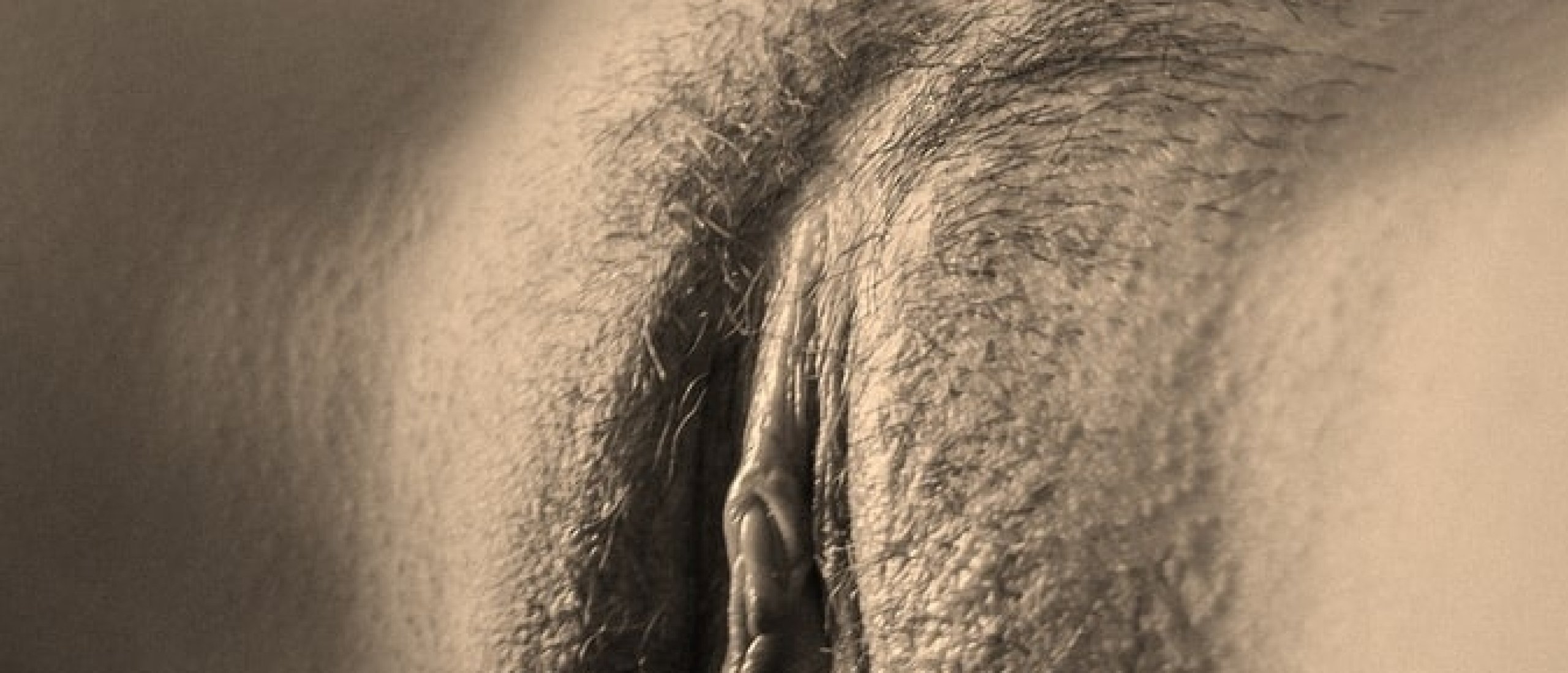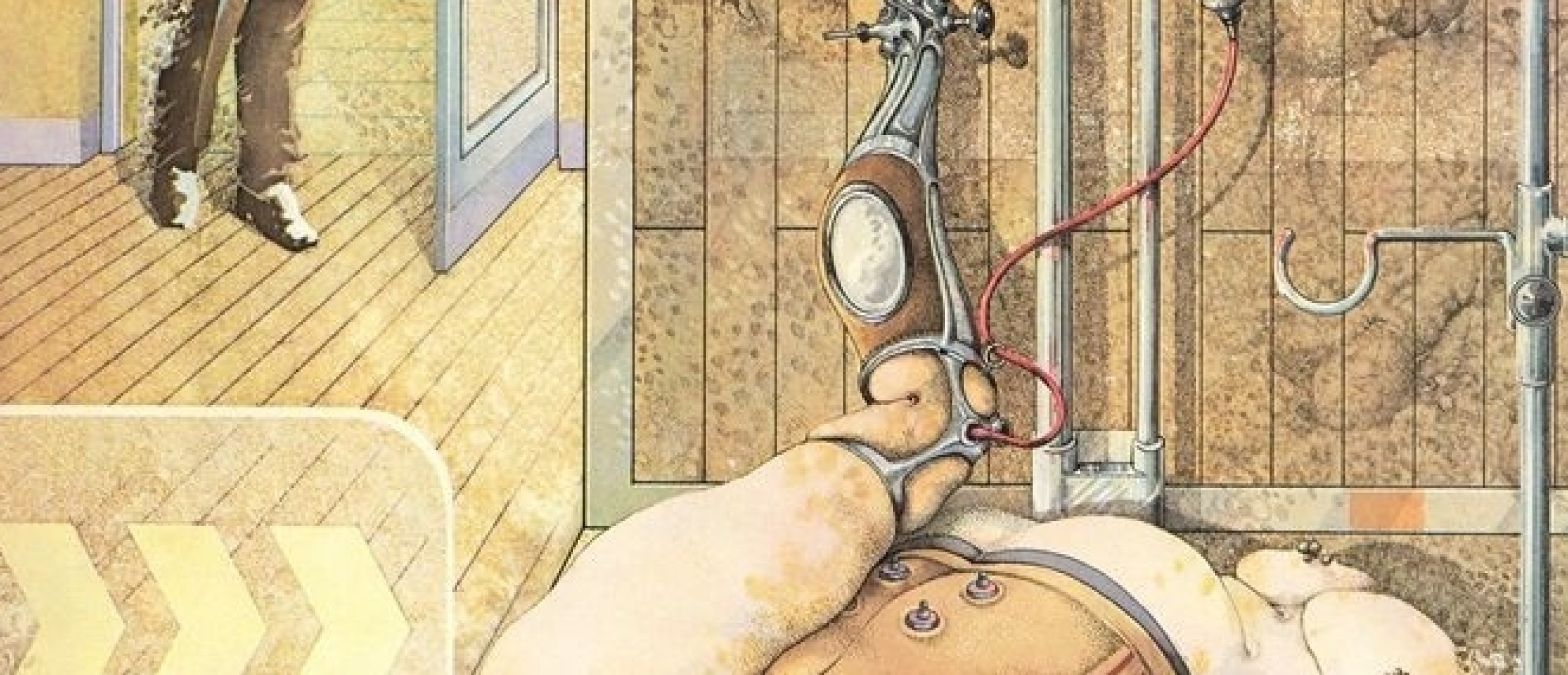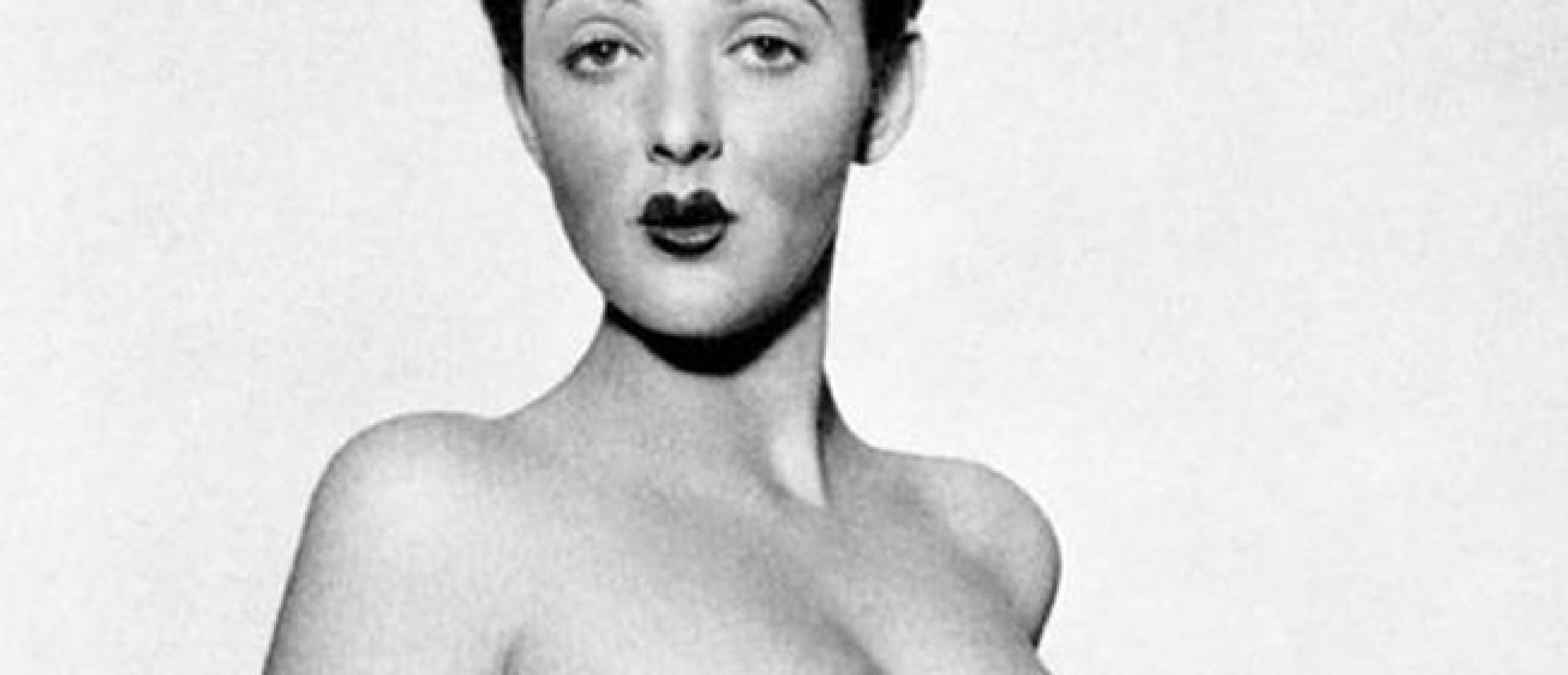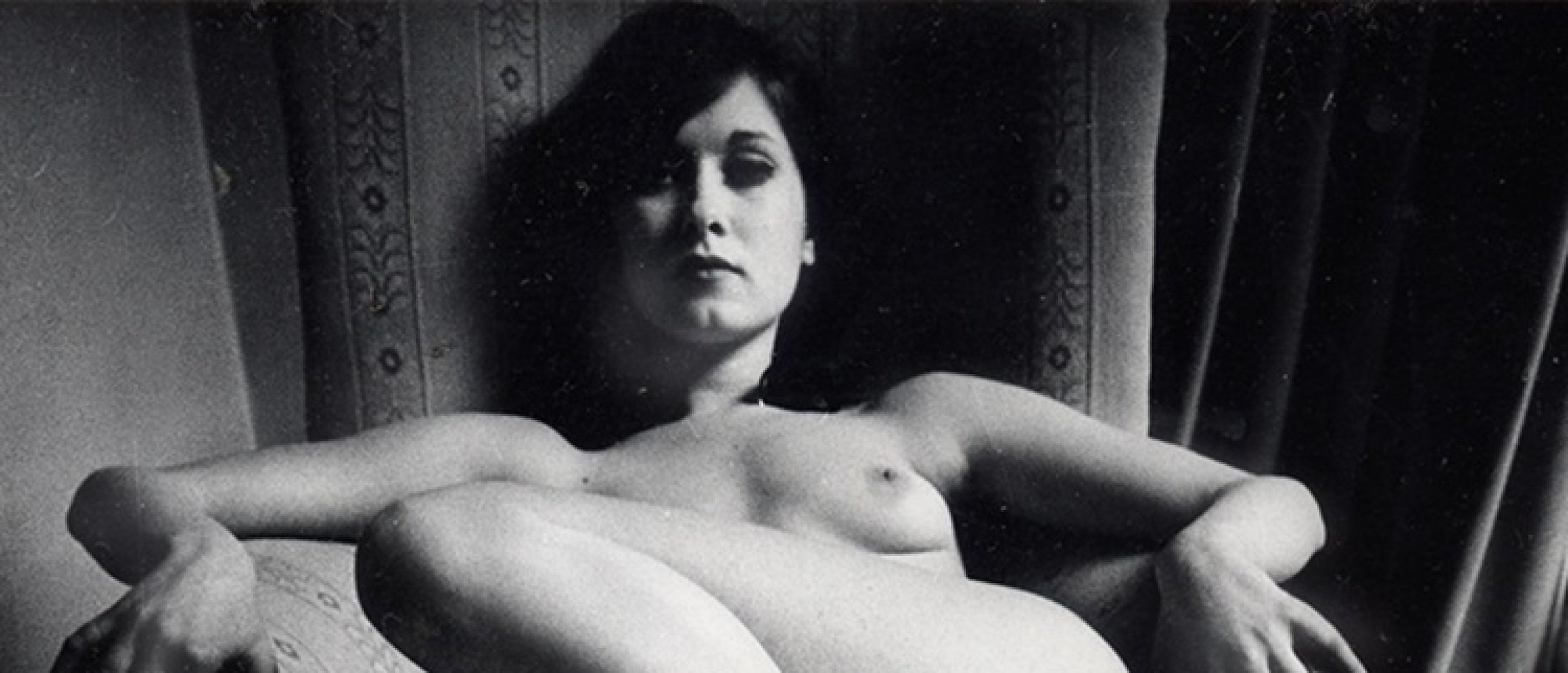
The Erotic Photography of Karin Székessy: A Study in Intimacy, Aesthetics, and Poetic Sensuality
Erotic photography has often walked a fine line between voyeurism and artistic expression. At its most reductive, it risks objectification and at its most elevated, it becomes a profound meditation on intimacy, beauty, and the human vulnerability. Not every photographer can navigate this tender and exciting territory, but one such photographer who did manage this artistic tightrope well was the German photographer Karin Székessy (born in 1939) whose work from the sixties onward transformed the visual language of the erotic photography. Through her lens, the female nude is neither spectacle nor scandal. In her lens it is a living poem, an unfolding of form, gesture, and mood that evokes an atmosphere closer to painting or a theatre performance rather than to mere documentation.
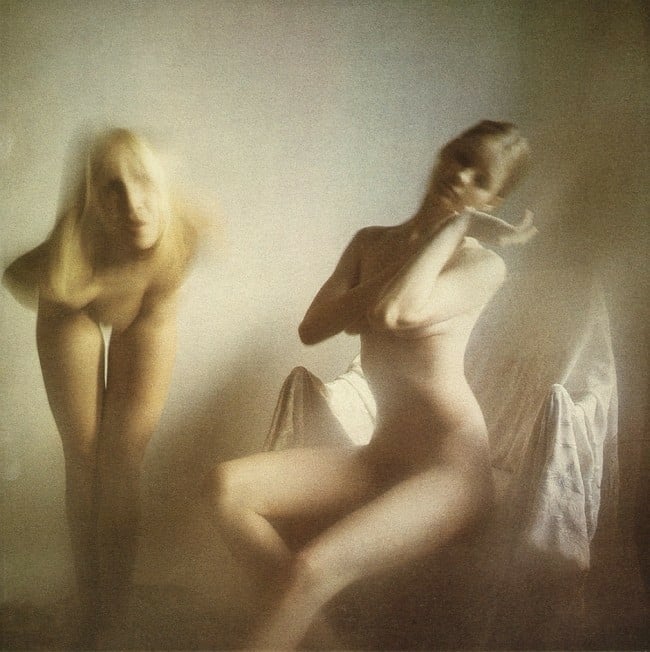
Fig.1 Karin Székessy, Nude Models in a Room, 1970
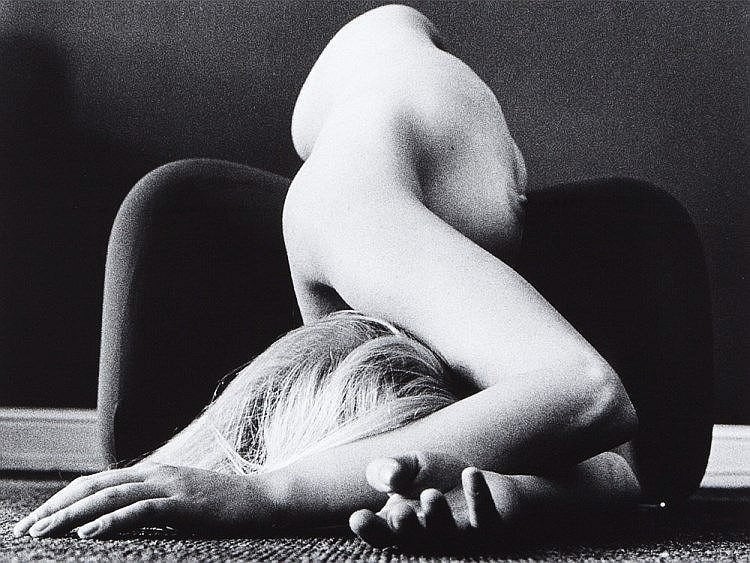
Fig.2 Karin Székessy, Female Draped Over Chair, 1969
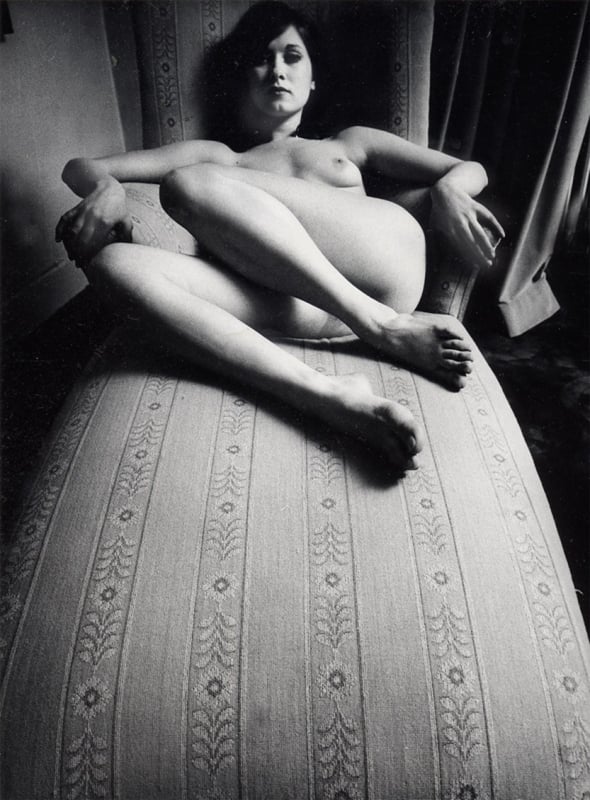
Fig.3 Karin Székessy
Ghost Study
What separates Székessy from many of her contemporaries is her insistence on atmosphere. Rarely are her models simply naked in front of a blank backdrop. Instead, she places them in evocative interiors: rooms scattered with fabrics, chairs, mirrors, or half-open doors that suggest a story just out of reach. This evokes a sense of mystery and makes us gaze at her photographs longer, not just to enjoy the naked body but to let our imagination run wild. Curtains blur the light, bedsheets are crumpled with implication, furniture is covered with old sheets or some fabrics, as if it is no longer in use, and staircases hint at journeys between secrecy and exposure. The settings are at once domestic and dreamlike, grounding the erotic in everyday intimacy while elevating it into a realm of fantasy. In Fig.21. the woman is seen wearing a mask and there is a cactus in the room with her, similarly in Fig.26. the woman is wearing a mask again but this time there is a fish. Fig.12. is titled ‘Ghost Study’ and is a good example of the kind of storytelling Székessy does in her photographs. My personal favourite, ‘Autumn’, can be seen in Fig.11. and it shows a woman as a personification of autumn, her beautiful slender body stretched out and glowing in warm tones while all around her autumn leaves, orange and brown, are scattered, just so poetic and wonderful. At once ‘Autumn’ is provocative in its display of nudity and brings a touch of nostalgia, as if it was touched by the brush of the Pre-Raphaelite painters.
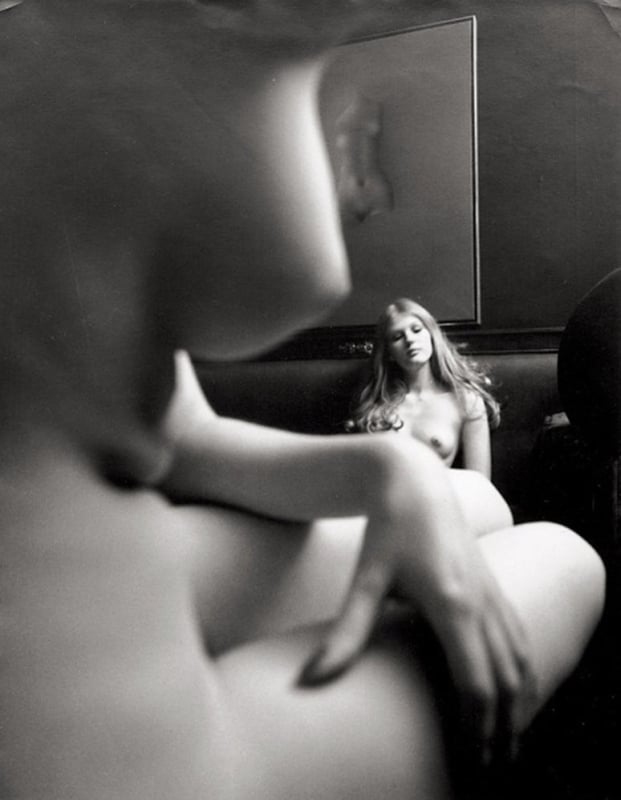
Fig.4 Karin Székessy
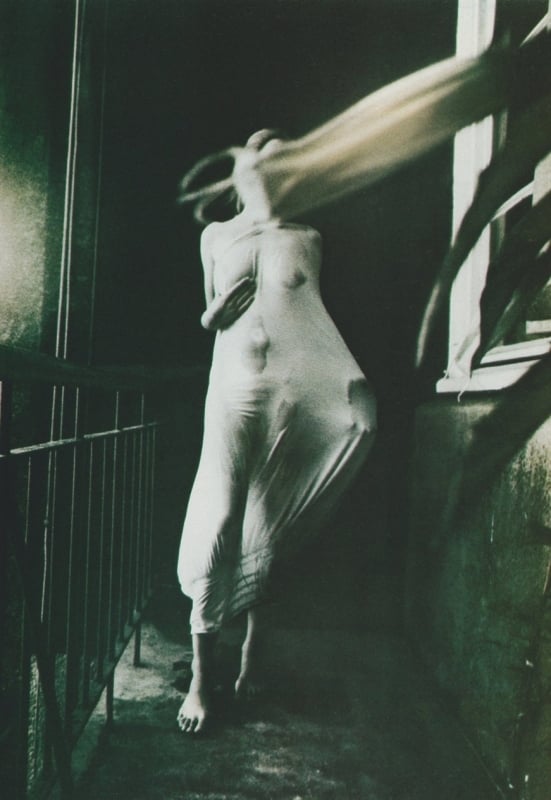
Fig.5 Karin Székessy
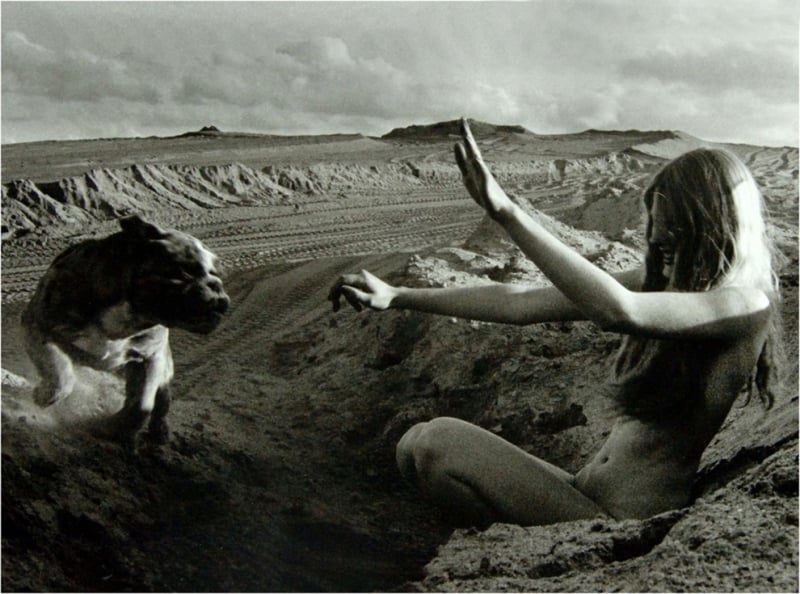
Fig.6 Karin Székessy
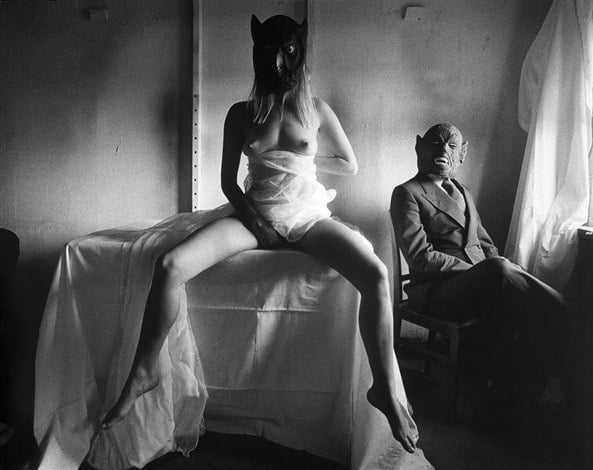
Fig.7 Karin Székessy, La belle et la bête (Beauty and the Beast), 1976
Paul Wunderlich
This narrative quality is central to Székessy’s work. Her images often feel like stills from an unwritten film: the moment before a lover enters the room, the breathless pause after an embrace, or the quiet solitude of a woman lost in reverie. Unlike pornography, which seeks a climax, Székessy is interested in suspension, that is, in capturing the mood that hovers before or after physical union. The erotic here is temporal; it unfolds in glances, pauses, and silences. This makes her work deeply literary, aligning her more with novelists and poets than with other photographers. Indeed, her marriage and artistic collaboration with the surrealist artist Paul Wunderlich (1927-2010) strengthened this interplay between photography, painting, and narrative imagination. In the lithograph seen in Fig.29. we can see an example of their intertwined erotic inspiration and artistic collaboration.
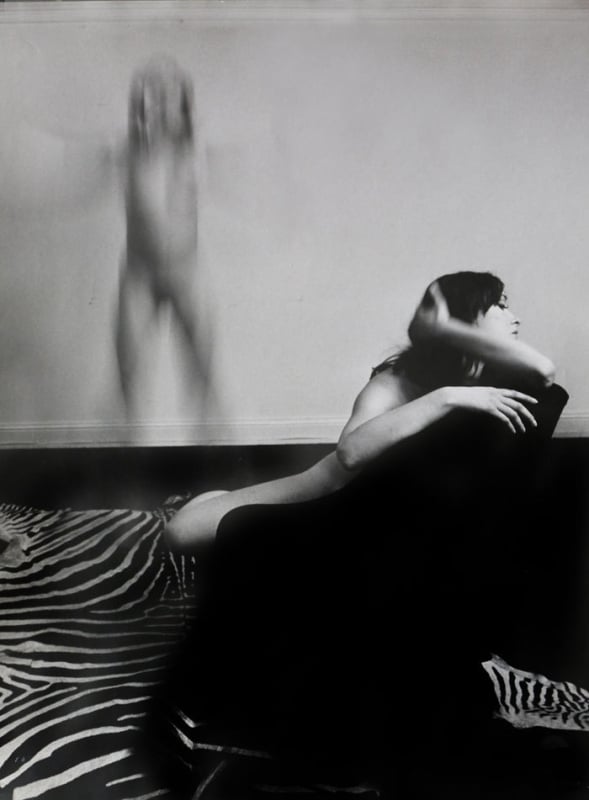
Fig.8 Karin Székessy, One Sits One Jumps, 1969
In Premium more on the unspoken tension in Székessy's work, her use of soft gradations, one of the most striking features of her erotic photography, her position in the cultural context of post-war Germany and Europe, more striking examples of her photography and MUCH more...!!
Click HERE for the desire distorted by precision in Paul Wunderlich’s erotic labyrinth
Let us know your thoughts about Székessy's erotic photography in the comment box below...!!

